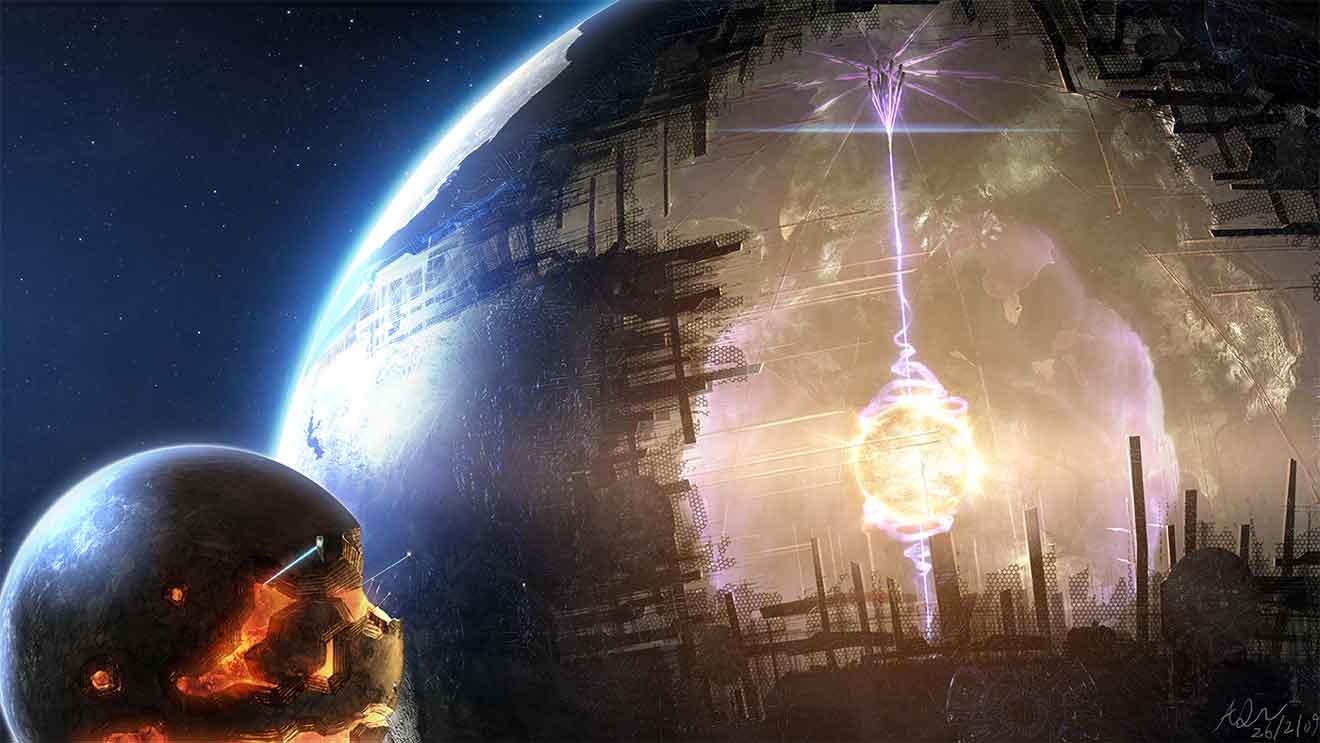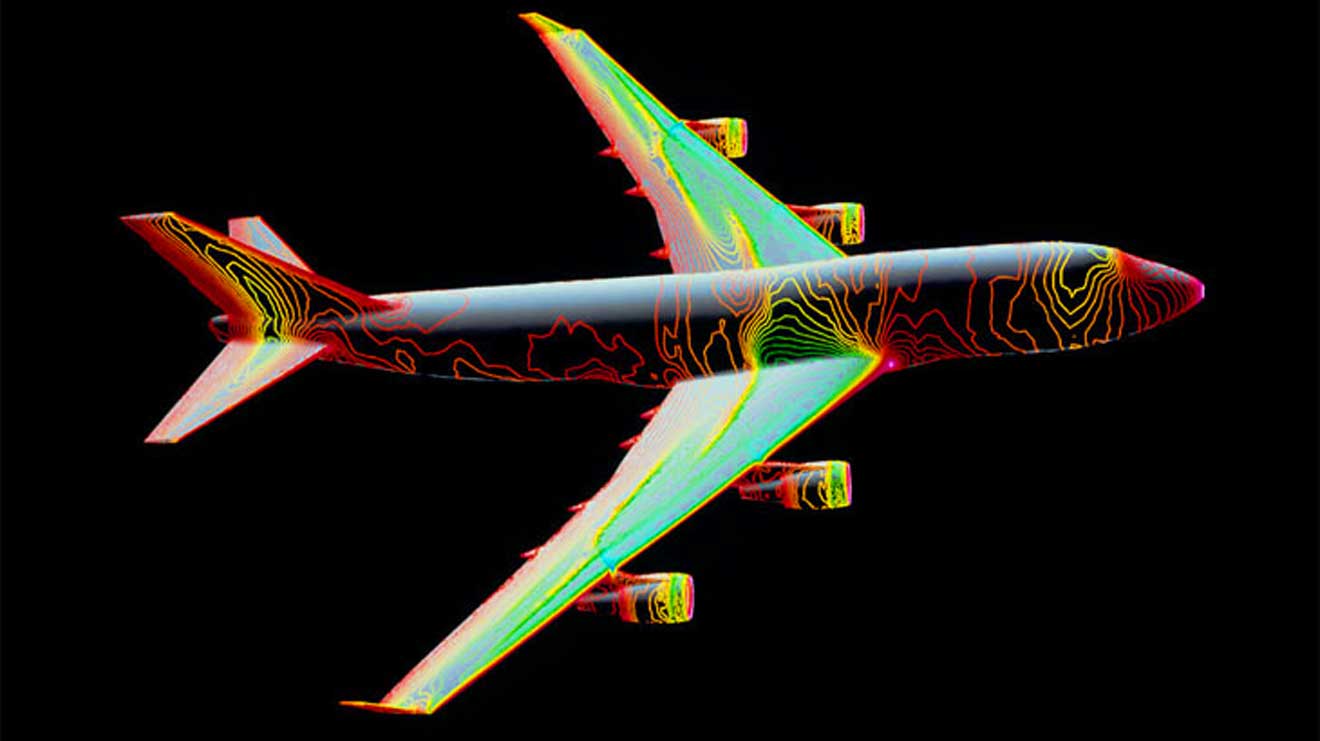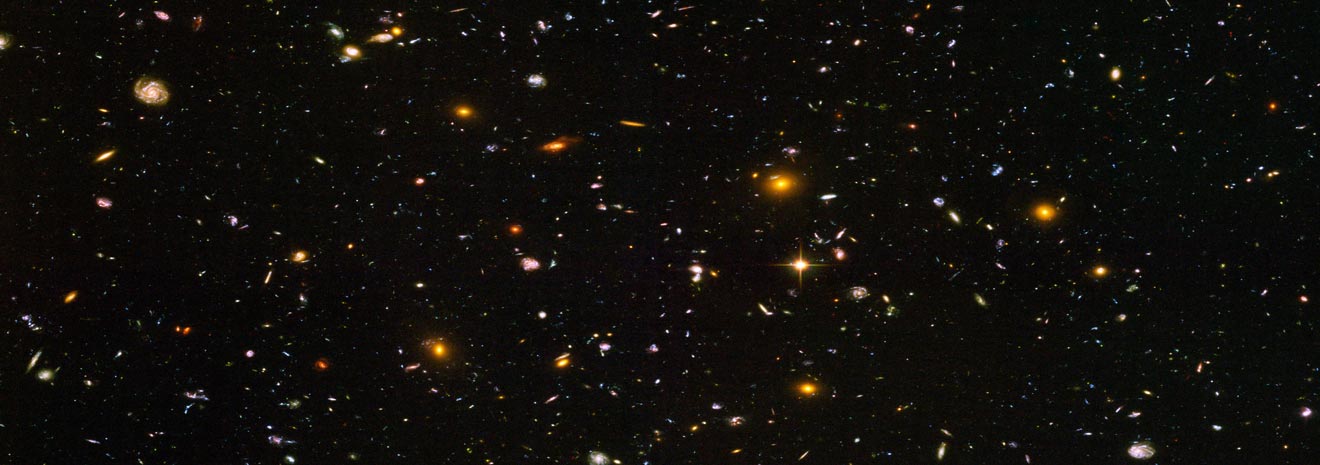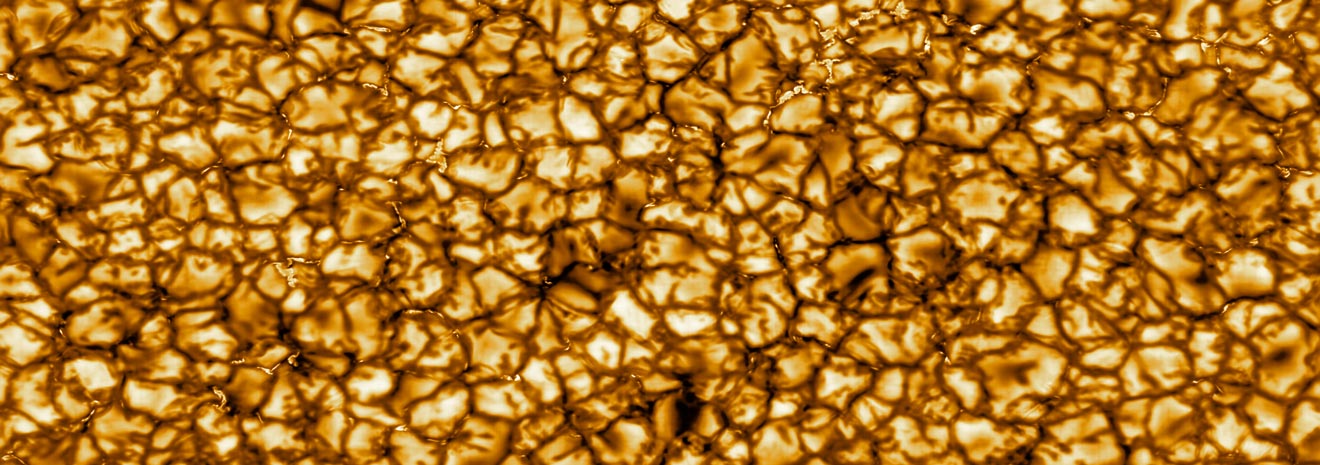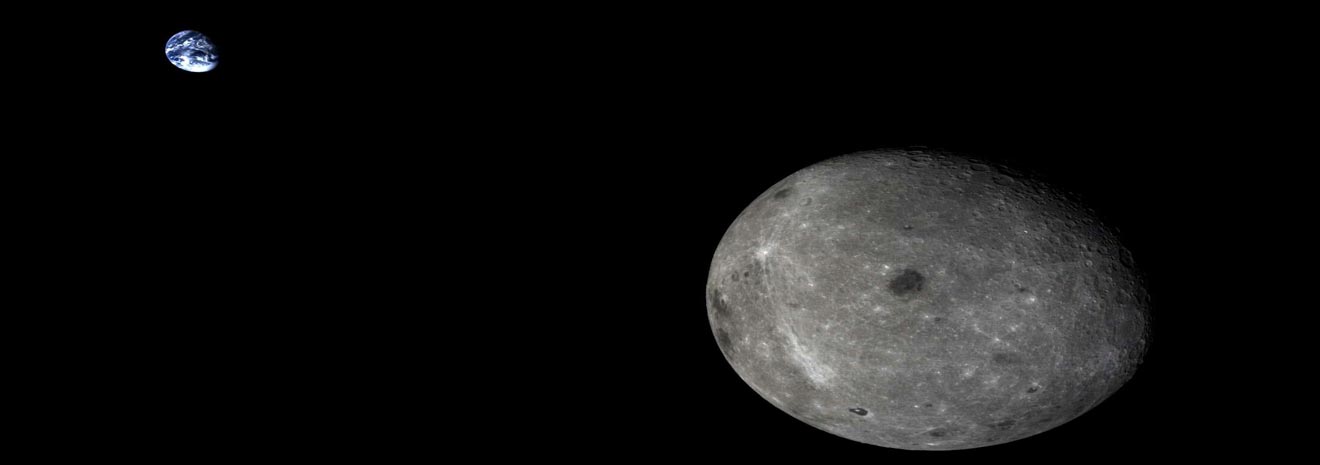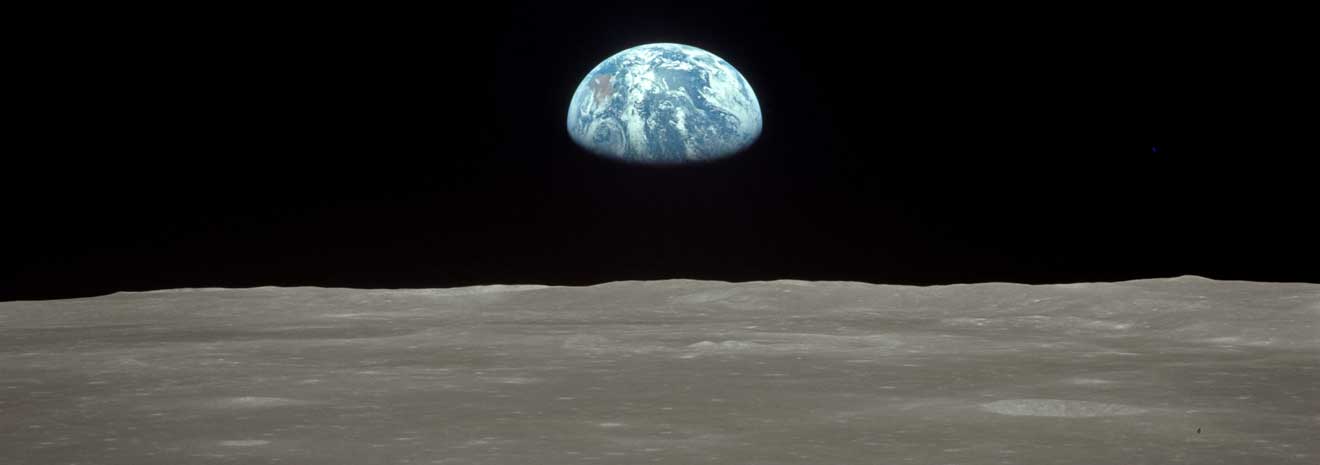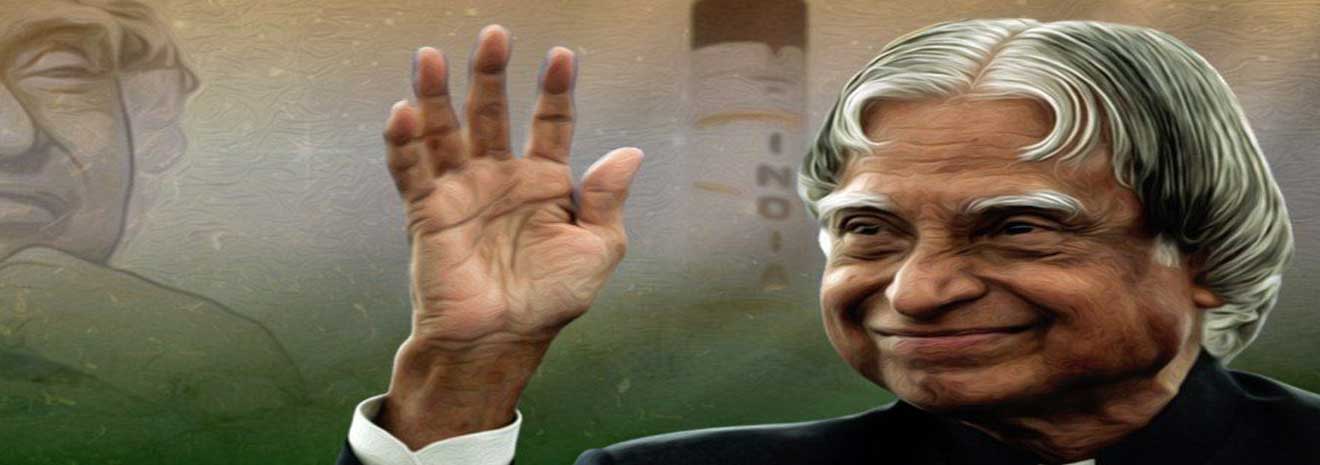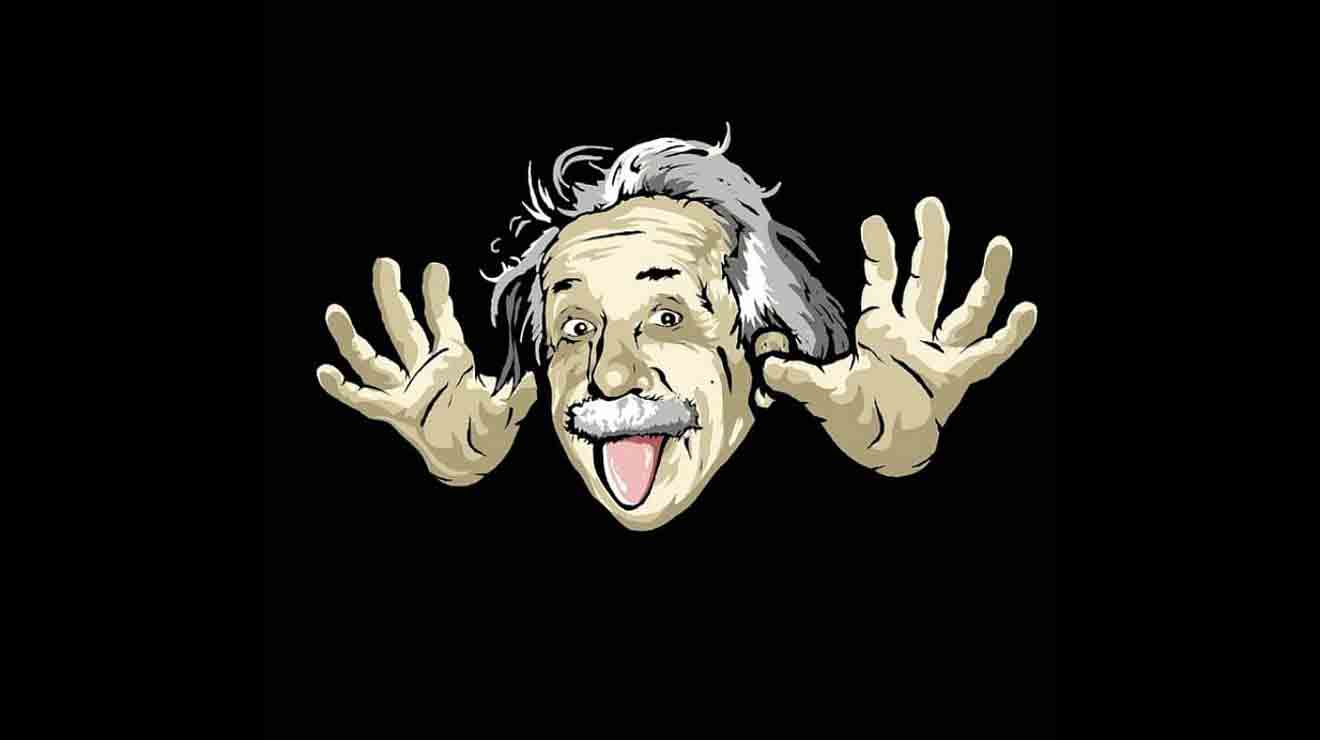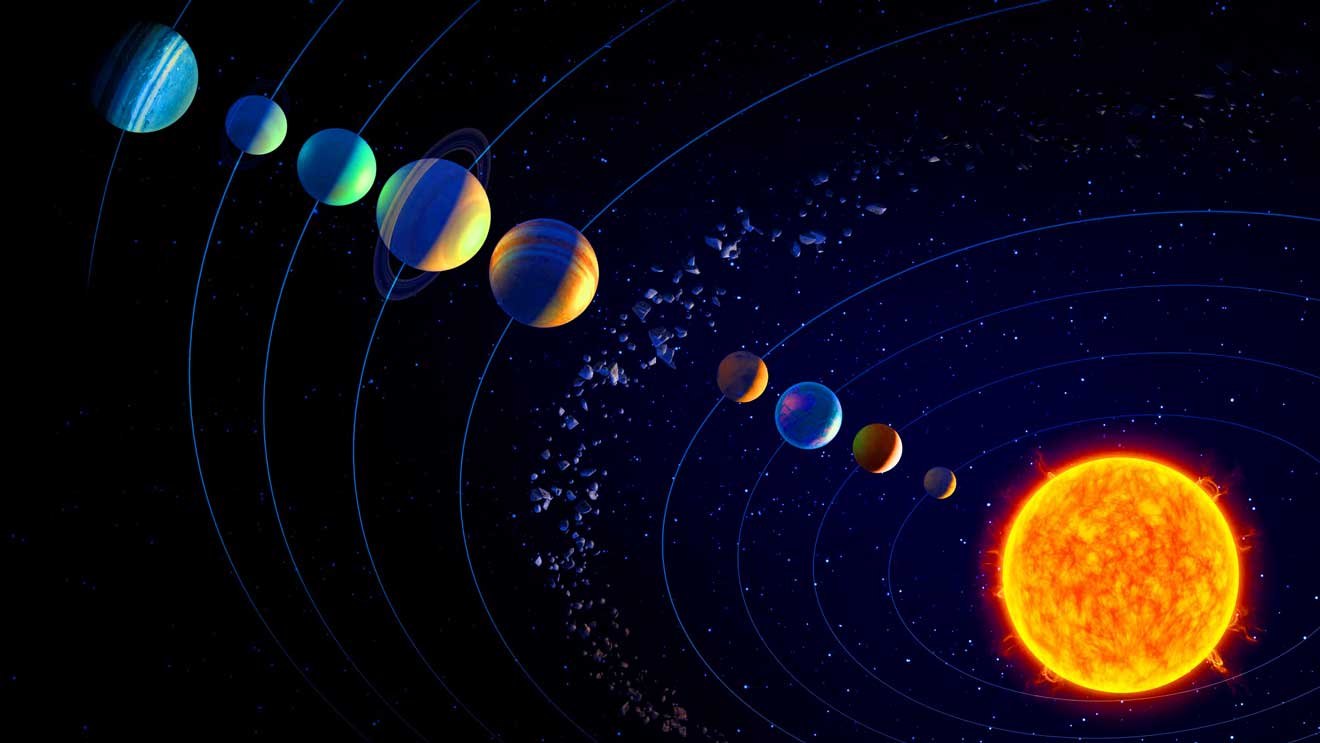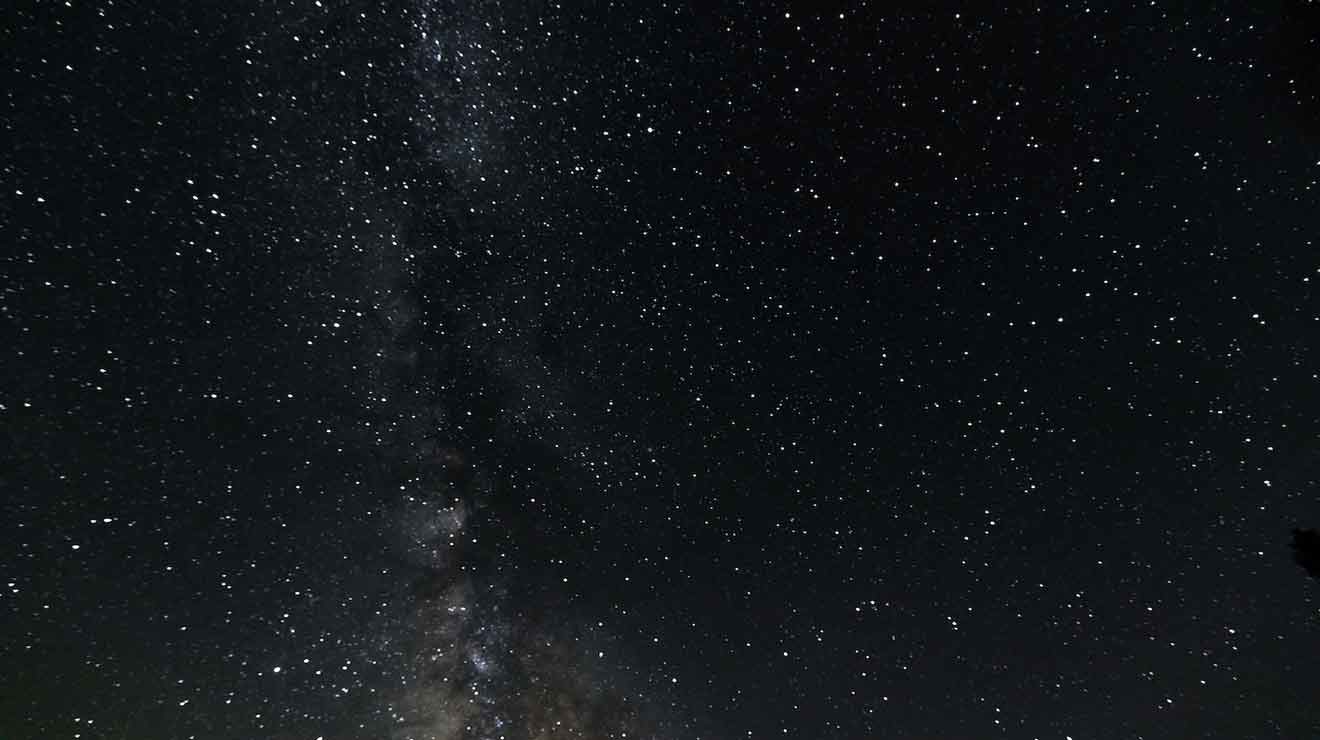Astronomers may have discovered one of the universe’s earliest stars. If this is the case, the finding might shed light on the origins of matter itself.
Scientists have long hypothesised that in the early days of the universe, space was dominated by giant stars hundreds of times more massive than the Sun. There may now be evidence to support this theory. Astronomers now have more knowledge of the origins of the universe than ever before, according to the latest data from the James Webb Space Telescope on the earliest galaxies. When people look up at the night sky, the field of stars may appear uniform, but it contains a variety of types.
Our Sun, a G-type yellow-dwarf main sequence star, has a core that fuses hydrogen into helium and will continue to burn for billions of years. But, like all stars, our Sun will ultimately develop and change shape. When our Sun runs out of hydrogen and eventually helium, it will expand so much that it will engulf its innermost planets, including Earth, one by one. It will evolve from a yellow dwarf star to a red giant, then a white dwarf, and finally, fade into nothingness. This already intricate process is still the life-cycle of only one form of a star, and it demonstrates how little we know about the numerous varieties of stars that populate the universe. The older a star type, the more it may disclose about the origins of the universe, but the more difficult it is to gather solid data.


